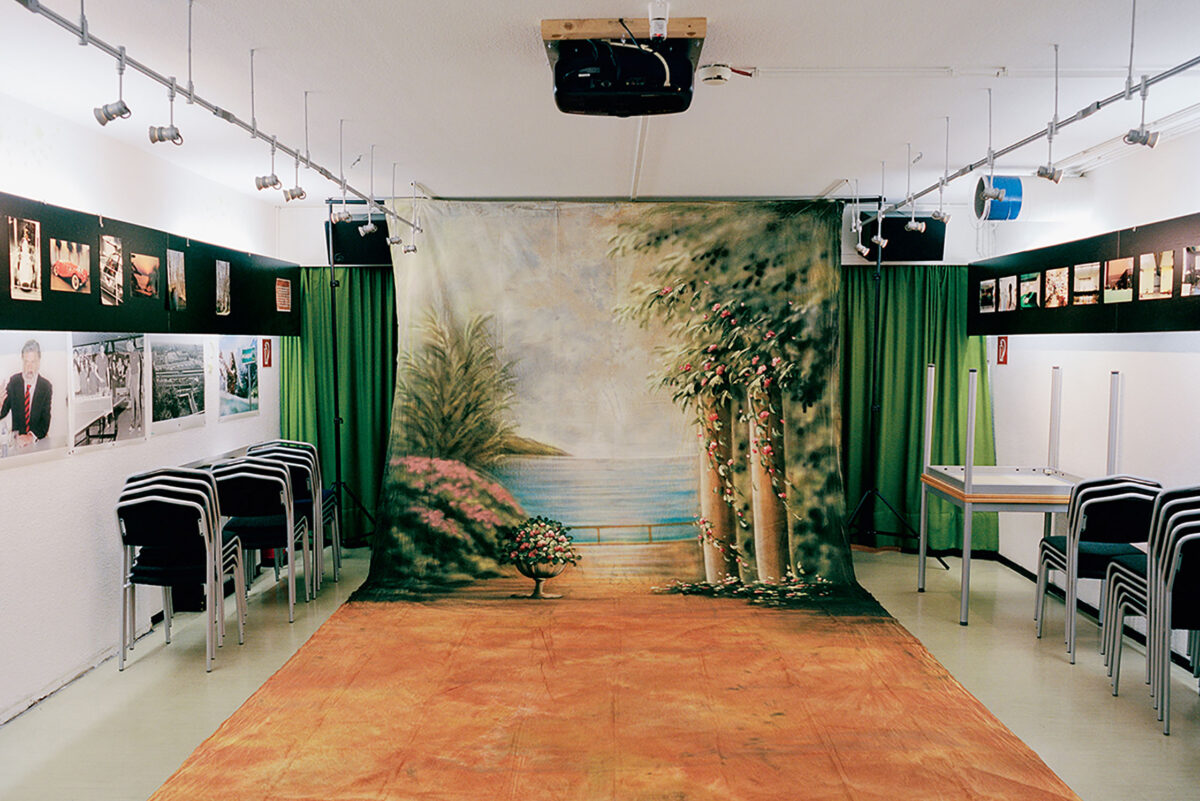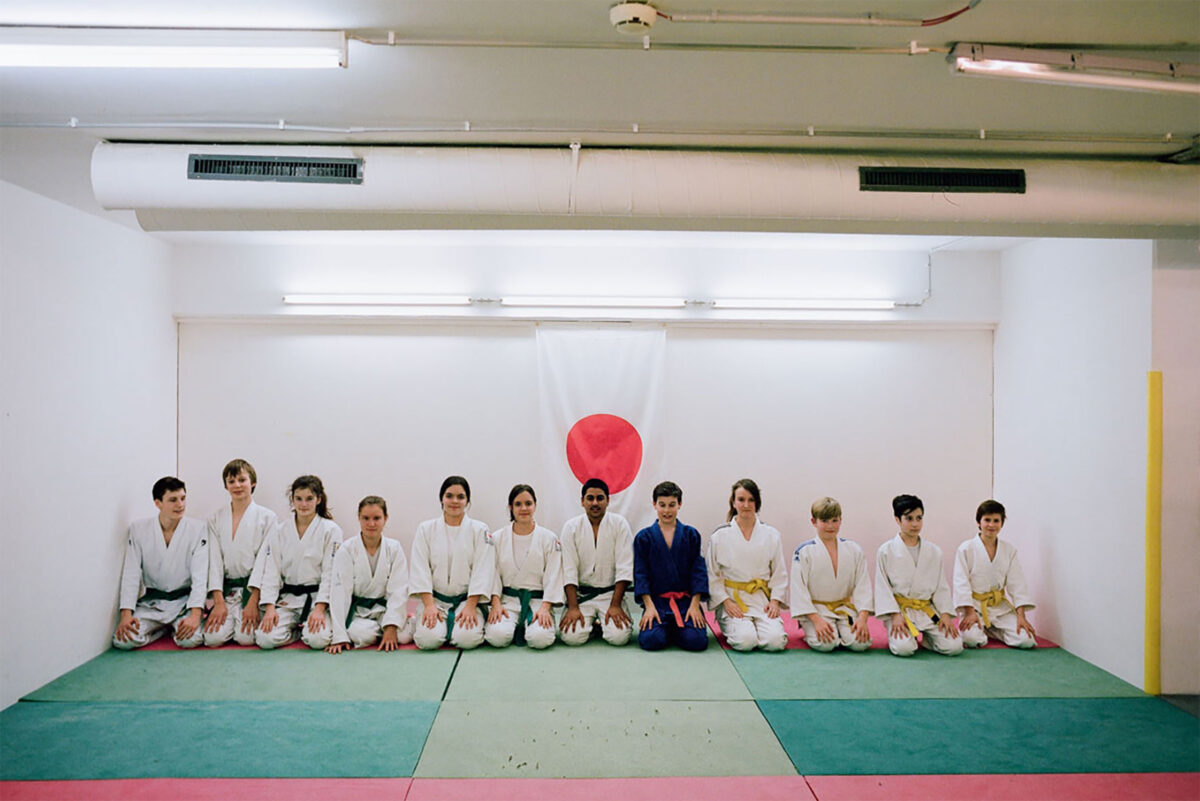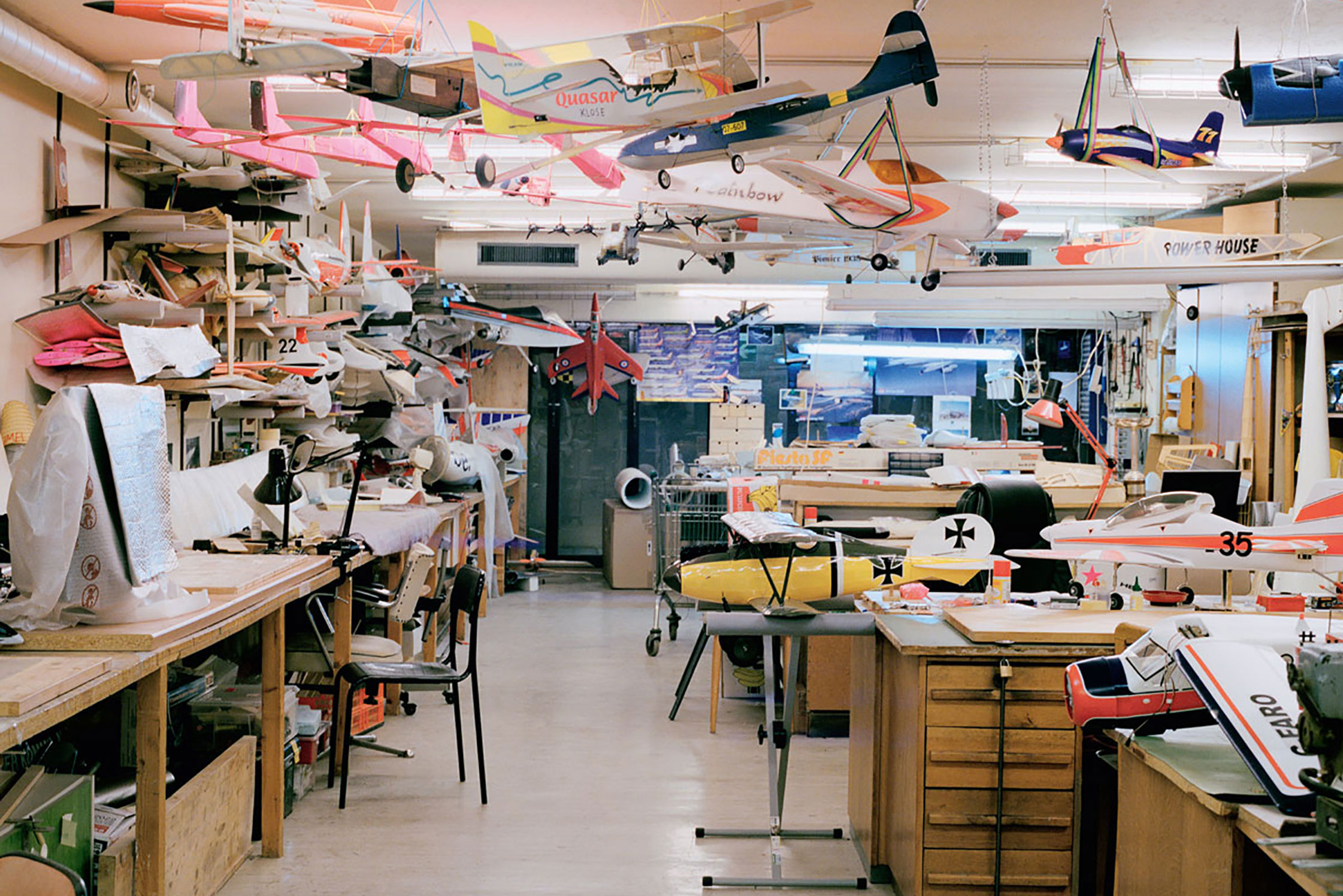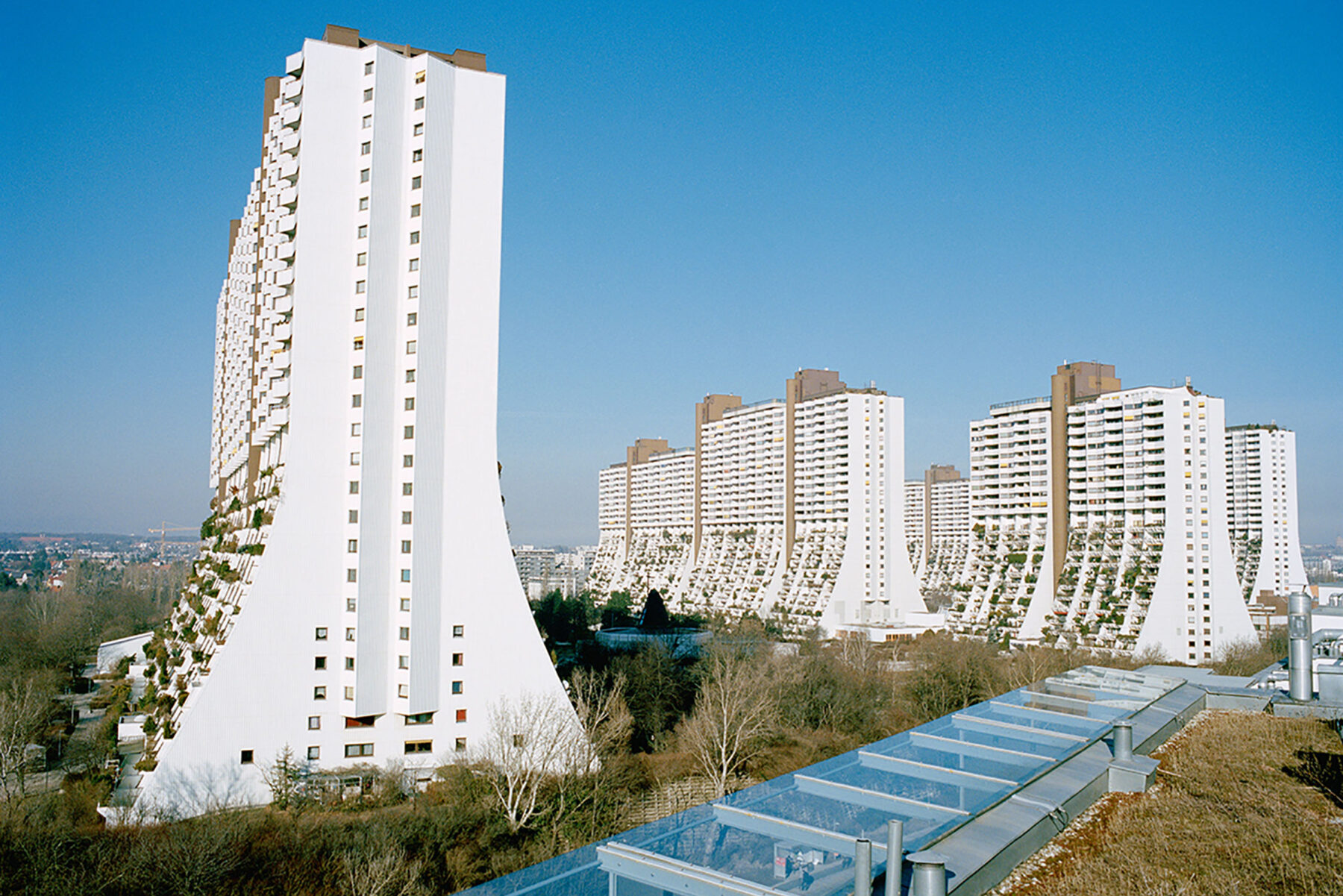Just a hop, skip and jump from Vienna’s city center, concrete housing blocks arise. Speckled with greenery, around 10,000 people call them home.
Man is a “Mängelwesen”. That is, an deficient, incomplete being who needs value systems, rules and frameworks that help to navigate daily life. At least that’s what philosophical anthropologists claimed in the 20th century. Learnings ingrained in humans when they grow up help them get along, to guide them in daily interactions and decisions. Architecture can serve as a framework for such interaction, it has an influence on how people behave and live together; it can foster a sense of community. It can, however, also detach individuals and groups from the rest of society. Satellite cities have become an issue of discussion in the second half of the 20th century and, up until today, they display failures and successes of spatial and urban design. Photographer and trained architect Zara Pfeifer has lived in Vienna since starting university and got fascinated with Alterlaa, the Vienna housing project which promised a new home to people longing for a life in the outskirts but not too far away from the city in the 1970’s. Her book Du, meine konkrete Utopie visually examines Alterlaa’s value of a good place to live for its residents.





-
You applied for an apartment in Alterlaa. Will you definitely move there, if the landlord accepts you?
I will decide once they offer me an apartment, which could actually take more than three or four years as the waiting list is quite long. And to be honest, I’m pretty picky: I know exactly where I would want to live — in the A-Block, because it’s the closest to the subway station. Also I’d prefer one of the lower floors, because those apartments have terraces with troughs to plant herbs, trees or plants inside. The rooftop swimming pools, which I love, and the relatively affordable rent between eight and nine euros per square meter would be good reasons to move there, as well.
-
Alterlaa is considered a well functioning example of a satellite city. What do you think makes it stand out from others? How is it different to, say, banlieues around French cities, for instance?
What we refer to as a banlieue can hardly be compared to Alterlaa. Banlieues tend to be pretty isolated both spatially and politically, and in many cases, they’ve been neglected by political authorities and the public. This is not the case with Alterlaa. Also in terms of infrastructure Alterlaa is very well connected to the city: It’s only a 15 minute metro ride from Vienna’s center.
-
What other factors play a role?
When I visited Gropiusstadt in Berlin, for example, I talked to a resident who was ashamed of taking guests to his apartment because the hallways and elevators were so run down. However, in Alterlaa, I was amazed by how clean everything is. There’s a 24-hour housekeeping and repair service that takes care of every broken light bulb. Whenever you need help, someone will show up within a day or so to fix stuff. Around 50 maintenance people work here. This is also a reason why people stick to this place. But I think the strongest factor is the sense of community.

“The original leisure clubs had a huge impact on the community here.”
Zara Pfeifer

-
We learn from your book that residents highly identify themselves with the place.
Yes, and I think the original leisure clubs had a huge impact on the community there. I’m really interested if it will stay that way. A lot of the first residents who moved in in the 1970’s are about 70 years old now – the demography in Alterlaa will change in the next 10 to 15 years. Younger families are moving in already and the residents invite them to welcome tours, show them around and raise a certain awareness of the place and its sense of community. There’s also a lively Facebook group initiated by residents with about 1.500 members to discuss topics concerning Alterlaa.
-
The research for your book led you to those leisure clubs. What fascinated you about them?
It was so amazing to see these different worlds and the liveliness inside Alterlaa that you can’t see from the outside. These clubs are located in the “belly” of the building, if you will. Back in the 1970’s these club rooms were provided to the residents empty and without a predefined use. Currently, there are around 30 active clubs and the first one I visited was the photo club. I talked to the members about my photo series and they invited me to their meetings. The interior hasn’t changed much since the 1970’s, which is pretty fascinating to see. The clubs prove how important it is to have extra space aside from your apartment, especially in such a huge settlement. Undefined spaces can invite residents to show initiative, to get together and make something of the space. For an architect, these spaces without natural light might seem useless; the residents see their practical and pragmatic potential—the indoor gyms, for example.
“Harry Glück planned for Alterlaa to meet basic biological human needs.”
Zara Pfeifer
-
While planning these additional spaces, would you say that architect Harry Glück had a special vision for Alterlaa, in terms of community building?
When I met him shortly before he died, he had all these books by Austrian ethologist Konrad Lorenz scattered around his desk. Most of what I asked him about Alterlaa, he answered with observations from behavioral research. Harry Glück planned for Alterlaa to meet these basic biological human needs: proximity to water, so he placed swimming pools on top of the buildings; proximity to nature, so every apartment has a terrace or a balcony and there’s a park in between the blocks; and social interaction, hence the community and leisure spaces.
-
When new housing is being planned, what can we learn from Alterlaa, beyond these common spaces ?
I think it’s really this model of collectively used spaces that we can learn from: When money is tight today, communal spaces in a new development are the first to be cut off. Or their use is prescribed by the administration and often bound to unnecessarily restrictive rules. I think that’s a huge mistake as the potential of the residents to become active and organize themselves is neglected. When you have functioning communal life it will pay off in the long run; it’s more sustainable. And I think that works for Alterlaa. Still, there is a healthy balance between community and privacy. You’re not frowned upon if you don’t take part in communal activities there.



Zara Pfeifer is a trained architect and went on to study photography, to, again, make architecture her subject. She released her book Du, meine konkrete Utopie via Kerber Verlag in 2017. Currently, she gives talks about Alterlaa and presents her work to audiences all over Europe. Through these lectures, she’s rediscovering her initial interest that drew her towards architecture. Her mission is to widen architect’s perspectives through her own work.
Text: Fabian Ebeling
Photography: Zara Pfeifer

